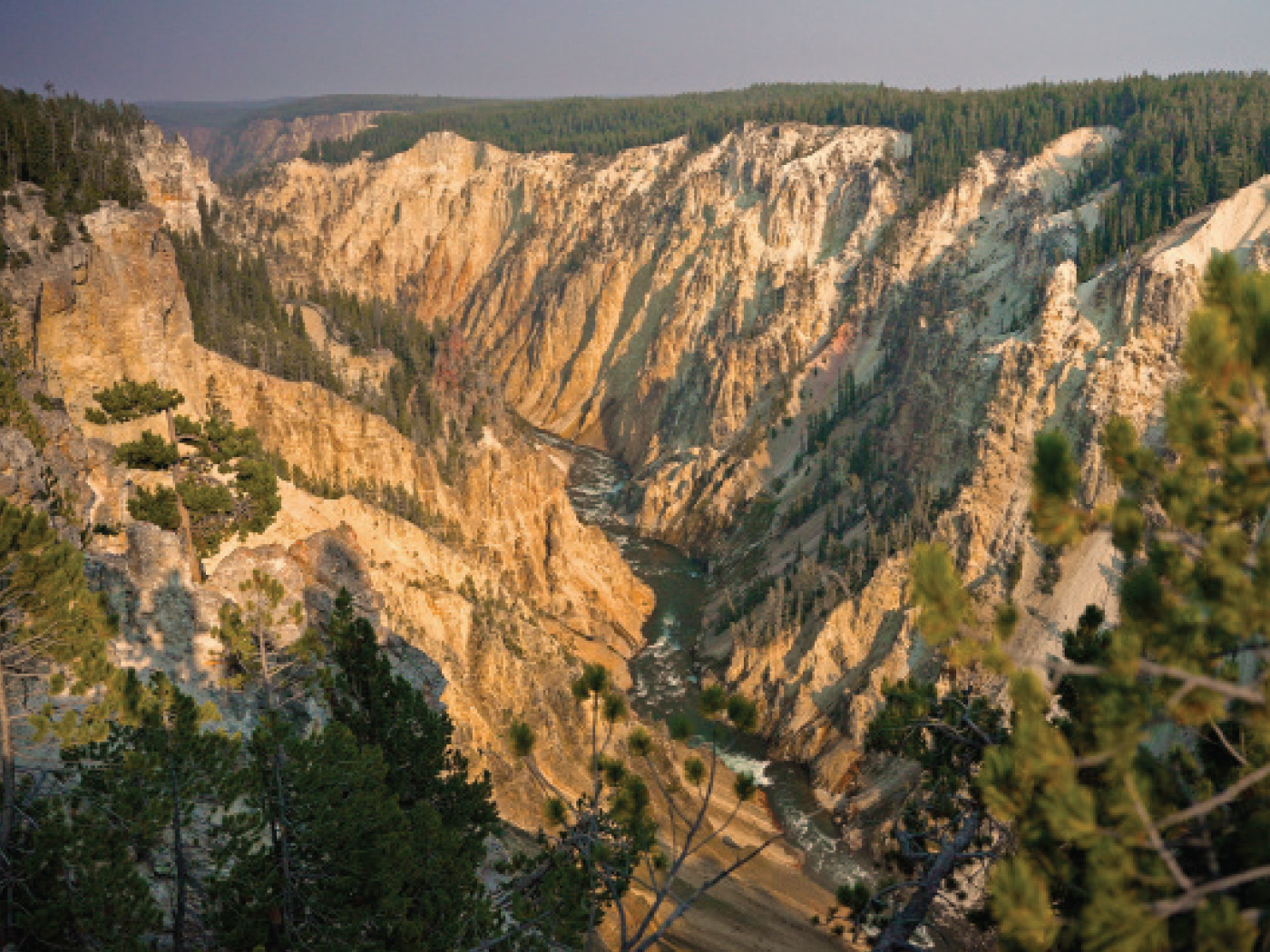Search Tools
New Defender's Study Bible Notes
1:14 white as snow. This is the only record we have in Scripture of the physical appearance of Christ. The Gospel writers give much information about His words and deeds, but not His appearance while here on earth. Thus He cannot be identified with any particular nation or stature, but merely as “the Son of Man,” representing all men before His Father. Compare the description here to that in Daniel 7:9, where He is called “the Ancient of Days” (Isaiah 9:6 calls Him “Everlasting Father”). On His burning eyes, note Hebrews 4:13.
1:17 as dead. Compare Job 42:6; Isaiah 6:5; Daniel 10:8. Both Job and Daniel were paragons of human righteousness, but were totally incompetent to stand alone in the presence of an all-holy God.
1:17 first and the last. The Lord Jesus Christ is both Creator and Consummator of all things. Compare Colossians 1:16, 20; Isaiah 41:4; 44:6; 48:12.
1:18 alive for evermore. The bodily resurrection of Jesus Christ from the dead guarantees the fulfillment of all God’s promises concerning our own salvation, resurrection and everlasting life. “Because I live,” He said, “ye shall live also” (John 14:19). See also Romans 6:9.
1:18 keys of hell. Philosophers and religionists are always searching for the keys to life and death, but only Christ has them! “Hell” is actually Hades, the abode of departed souls in the heart of the earth. When Christ died, His Spirit descended into Hades, proclaiming victory to the evil spirits incarcerated there, then returned with the souls of those who had died in faith. See notes on Psalm 16:10; Acts 2:27; Luke 16:23-26; Hebrews 2:14-15; I Peter 3:18-20; and Ephesians 4:8-10. The unsaved dead will be delivered up from Hades for judgment at the great white throne (Revelation 20:13).






